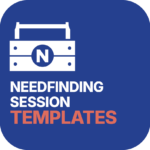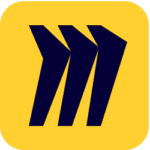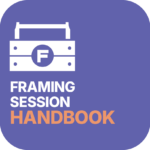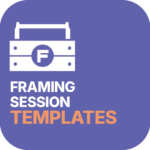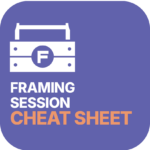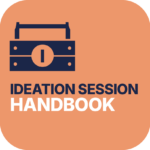TOOLKITS FOR CO-CREATION
While the myth of a lone inventor seems to persist even in the present day, there is increasing evidence of how connections and networks are in fact the key to innovations. Here, we’ve collected some tips and tools to look at challenges from multiple angles, create diverse solution options through the ideation toolkit, and help plan how to bring initial ideas into something you can try out through the experimentation toolkit. Mix and match these free-to-use tools depending on your own needs.
Scroll down to check out instructions and templates for:
- needfinding or user research, including mapping different stakeholders and planning further data collection,
- reframing or looking at different perspectives to your project,
- ideation, generating different ideas on how you might take your project further or address a challenge you are facing, and
- planning experimentation to flesh out your idea and think about how to test it in practice.
Looking for inspiration for sustainable design instead? Check out the Design+Sustainability Card Deck!
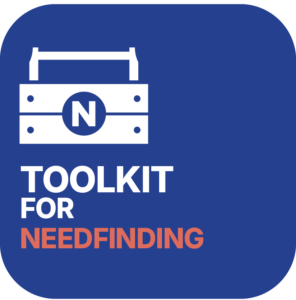
COLLECTING USER INSIGHTS
Why?
Needfinding is a great way to get a deeper understanding of the needs and motivations of your target stakeholders. While we often assume we know what people need, most new products, startups and organizational change efforts fail due to insufficient understanding of the needs of different users and stakeholders. A deep understanding comes from empathizing with stakeholders’ motivations that drive their behaviors.
While desk research and surveys are valuable tools to get a general lay of the land, engaging directly with stakeholders supports building that necessary emotional connection and understanding.
How?
These tools are created for anyone who wants to collect better user insights and are free to use.
We recommend that each needfinding planning session has a facilitator who focuses on running the session rather than producing ideas. This is particularly important if multiple teams take part in the same session. This handbook guides you through what to do.
However, you can still use this toolkit if everybody wants to participate in the needfinding planning without anybody taking the role of facilitator. If this is the case, review the cheat sheet and consider reviewing the handbook, too, with the entire team participating in the session. Using a timer can also be a helpful way to manage the activities. Combined, these tools can help the team move along when everybody gets too absorbed in the tasks.
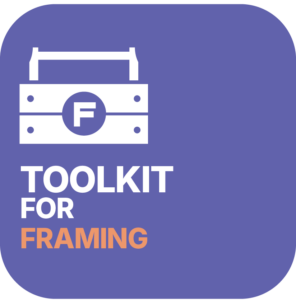
FRAMING BETTER CHALLENGES
Why?
Framing the challenge is a critical exercise in design. Framing challenges the assumption that we are aligned around what we aim to do, for whom, and why. The easiest way to think outside the box is to describe the box differently or redraw the box completely! No challenge or goal is without assumptions or limitations, but by spending time on framing, we can make those assumptions explicit and explore several options before deciding on one. That way, you create clarity and shared understanding within your team. The time you spend on framing will help to set you up for success in developing solutions to your challenge.
How?
These tools are created for anyone who wants to frame better design, development, or innovation challenges and are free to use.
We recommend that each framing session has an organizer/facilitator who focuses on running the session rather than producing ideas. This is particularly important if more than one group works in the same session. This handbook guides you through what to do.
However, you can also use this toolkit and participate in the framing. If this is the case, share the cheat sheet and consider sharing the handbook, too, with the entire team participating in the session. This way, if you get too absorbed in the tasks, they can help remind the team that it’s time to move along.
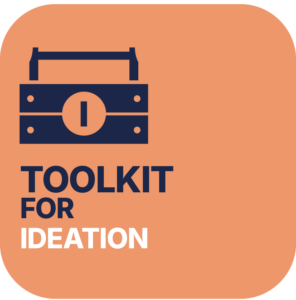
JOIN FORCES TO IDEATE TOGETHER
Exploring solutions beyond the easy and obvious is an essential component of the design process. Although it may seem counterintuitive to consider wild ideas that are really out there, diverse ideas act as stepping stones for new solution directions – paving the way for workable solutions that are smarter, more novel, and have a higher chance of success. The ideation toolkit is a facilitated team activity where members of a team are guided through a series of steps to generate ideas. These tools are free to use, created for anyone who wants to develop better solutions.
Why?
Ideation is a great way to create a large number of ideas with a wide variety. Exploring solutions beyond the easy and obvious is an essential component of the design process. Although it may seem counterintuitive to consider wild ideas that are bizarre or preposterous, it is useful to embrace these as they may inspire you, paving the way for workable solutions that are smarter, more novel, and have a higher chance of success.
How?
The ideation toolkit is free to use, to support your team in developing better solutions. Below you find a handbook for the facilitator, a cheat sheet, as well as printout templates for a physical session and a Mural template for a virtual session.
We recommend starting by reading the handbook. Do reach out to us if you have any questions or comments.

PLAN A JOINT EXPERIMENT
Early experimentation is meant to maximize learning and to understand what works, what doesn’t, and most importantly, why. By learning before investing, the stakes and costs remain low to make adaptations. The experimentation toolkit is a facilitated team activity where members of a team are guided through a series of steps to come up with an experimentation plan. These tools are free to use, created for anyone who wants to develop better solutions.
Why?
Experimentation can be a tool to validate new products or services, but more often, it is relevant to start experimentation earlier in the process. Early experimentation is meant to maximize learning and to understand what works, what doesn’t, and most importantly, why. By learning before investing, the stakes and costs remain low to make adaptations. Overall, experiments can support concretizing an idea to understand which aspects of the idea prove difficult or impossible to implement, receiving early use feedback to make appropriate changes, or to create buy-in and build momentum for the chosen direction.
How?
The experimentation toolkit is free to use, to support your team in developing better solutions. Below you find a handbook for the facilitator, a cheat sheet, as well as printout templates for a physical session and a Mural template for a virtual session.
We recommend starting by reading the handbook. Do reach out to us if you have any questions or comments.

USER TESTING IN PRACTICE
Understanding how people interact with a product is key to improving its usability, relevance, and overall experience. This toolkit helps educators, students, and early-stage teams bring user testing into the design process earlier, when ideas are still flexible and feedback can lead to meaningful change. It offers simple, ready-to-use tools for planning, running, and analysing user tests, whether you’re working on real concepts or using fictional cases in the classroom.
Why?
User testing often comes too late, when it’s harder to change course. This toolkit was created to help shift that, making testing a regular part of the process rather than a final step. By testing early, teams can uncover what works, what doesn’t, and why. It helps clarify where to focus, brings in diverse user perspectives, and builds momentum for better decisions.
How?
The toolkit is free to use and includes a handbook with step-by-step guidance across all phases of user testing, along with an industry case from EpiHeart. It comes with printable templates for each activity and a cheat sheet for quick reference. If you don’t have a real prototype or users, the expansion pack includes fictional briefs, user profiles, and role cards to run simulated sessions. Just provide a physical product that matches the brief. These are not included in the toolkit but are essential to the activity. Whether you’re teaching, learning, or developing a new idea, you can use the full journey or just pick what fits your context.
OTHER RESOURCES AT AALTO
- Design+Sustainability Card Deck to support joint conversations on sustainability
- Teamwork First-Aid Kit to support working in innovation projects across different phases
- I like I wish facilitated feedback session guidelines and materials to get your team on the same page
CONTACT
-
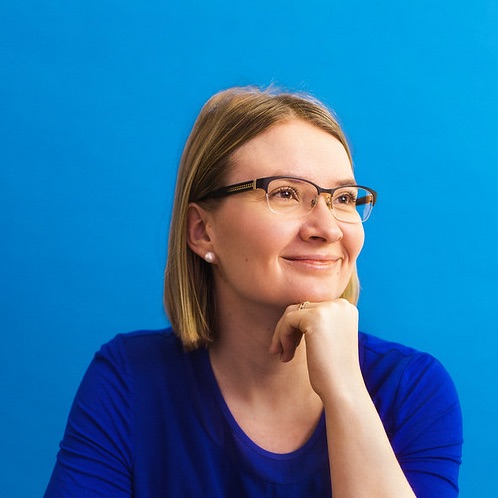
Tua Björklund DF Director, Associate Professor
tua.bjorklund@aalto.fi
+358 50 511 3182 -
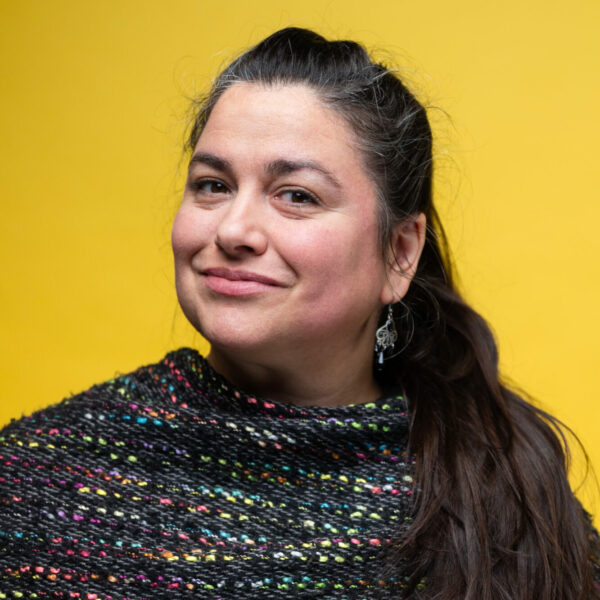
Vikki Eriksson Head of Research
vikki.eriksson@aalto.fi
+358 50 466 8713
 Aalto DF
Aalto DF
